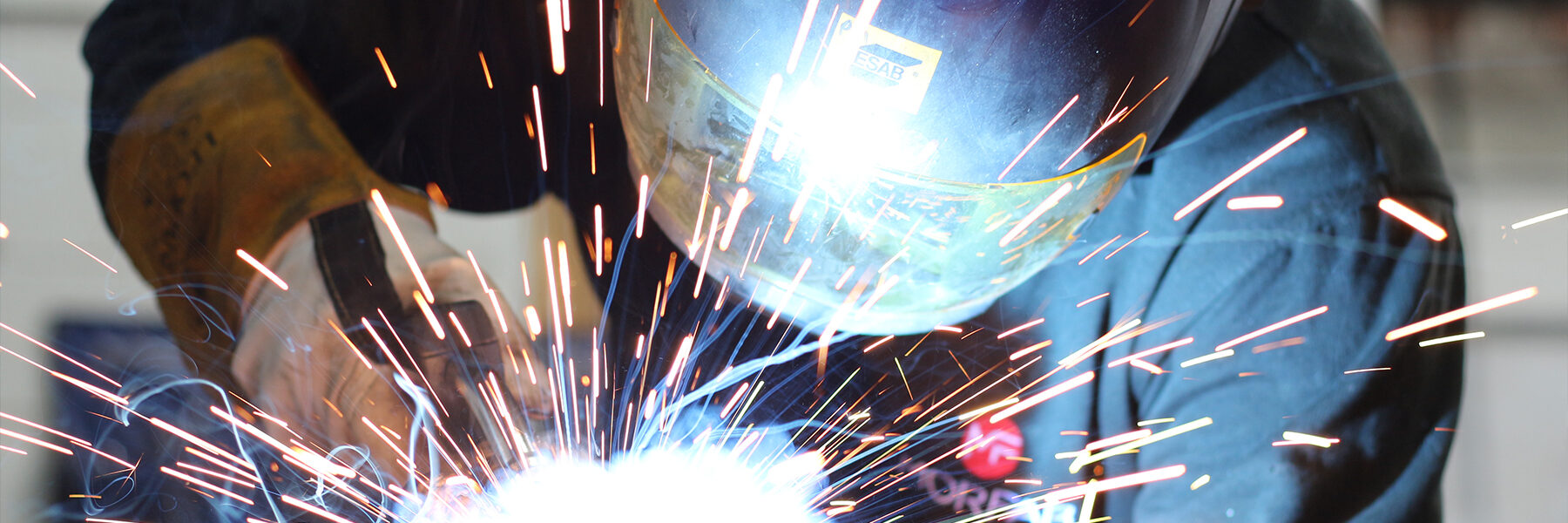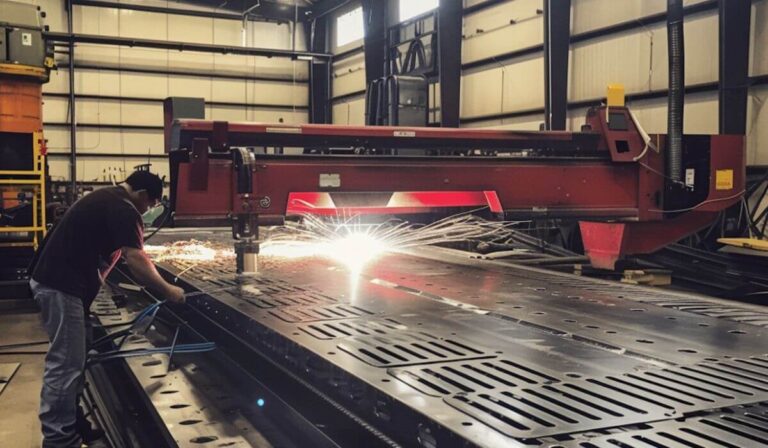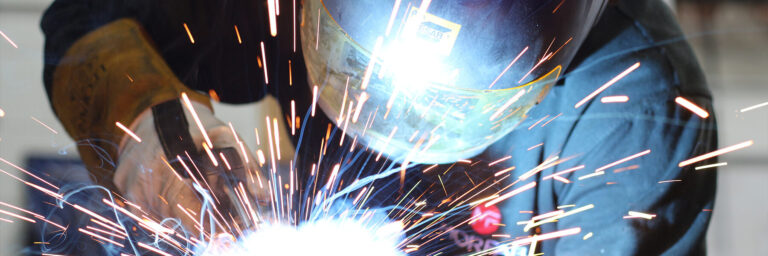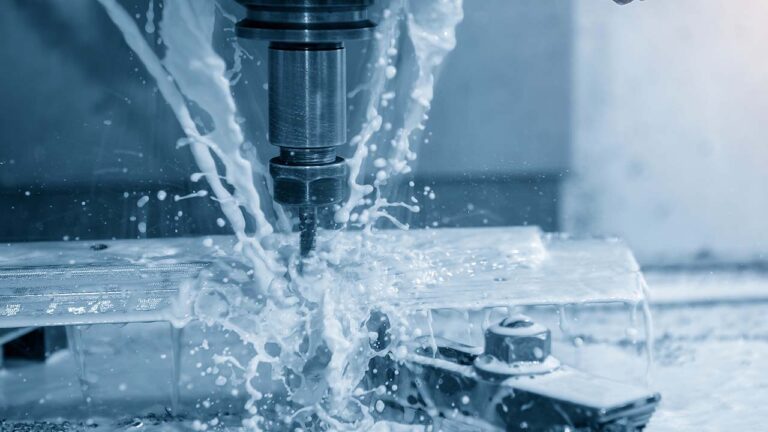Welding is a critical process in metal fabrication, and mastering essential techniques is key to producing strong and reliable products. Whether you are a seasoned professional or just starting out, understanding the fundamentals of welding can greatly enhance your skills. In this article, we will explore various welding techniques, their applications, and tips for achieving the best results.
Understanding Welding Basics
Welding involves joining two or more pieces of metal together using heat, pressure, or both. The process creates a strong bond, making it essential for various industries, including construction, automotive, and manufacturing. Different welding methods are suitable for different applications, and choosing the right technique is crucial for the success of your project.
Common Welding Techniques
- MIG Welding (Metal Inert Gas)
MIG welding is one of the most popular welding methods. It uses a continuous wire feed as an electrode and an inert gas to shield the weld area from contamination. This technique is ideal for thin materials and provides a clean and efficient weld. MIG welding is commonly used in automotive repair and manufacturing. - TIG Welding (Tungsten Inert Gas)
TIG welding is known for its precision and versatility. It uses a non-consumable tungsten electrode to produce the weld. An inert gas protects the weld pool from oxidation. This technique is suitable for thin materials and can be used on a variety of metals, including aluminum and stainless steel. TIG welding is commonly used in aerospace and artistic applications. - Stick Welding (Shielded Metal Arc Welding)
Stick welding is one of the oldest and most straightforward methods. It uses a coated electrode to create the weld. As the electrode melts, the coating produces a shielding gas that protects the weld from contamination. Stick welding is versatile and can be used in various positions, making it ideal for outdoor work and heavy-duty applications. - Flux-Cored Arc Welding (FCAW)
Flux-cored arc welding is similar to MIG welding but uses a tubular wire filled with flux. This technique allows for welding in outdoor conditions, as the flux provides protection from wind and contaminants. FCAW is commonly used in construction and heavy machinery repair. - Submerged Arc Welding (SAW)
Submerged arc welding is used for thick materials and produces high-quality welds. The process involves covering the weld area with a granular flux, which protects the weld from contamination.
Choosing the Right Welding Technique
Selecting the appropriate welding technique depends on several factors, including material type, thickness, and project requirements. Each technique has its advantages and disadvantages.
It is essential to assess your project’s specific needs before deciding on a technique. Understanding the characteristics of the materials involved and the desired outcome can help ensure a successful weld.
Preparing for Welding
Proper preparation is crucial for achieving strong and durable welds. Here are some key steps to consider:
- Clean the Material
Before welding, clean the surfaces to be joined. Remove any rust, paint, oil, or debris. Contaminants can weaken the weld and lead to defects. - Fit-Up
Ensure that the pieces fit together correctly. Proper alignment is essential for achieving a strong bond. Use clamps or fixtures to hold the pieces in place during welding. - Select the Right Filler Material
Choosing the appropriate filler material is vital for compatibility with the base metals. Different materials require different filler materials for optimal bonding. - Set the Proper Parameters
Adjust the welding machine settings according to the technique being used and the thickness of the materials. Proper voltage, amperage, and travel speed are critical for a successful weld.
Mastering Welding Techniques
Achieving proficiency in welding requires practice and attention to detail. Here are some tips to help improve welding skills:
- Practice Regularly
Consistent practice is essential for mastering welding techniques. Spend time working on different materials and positions to build confidence and skill. - Focus on Technique
Pay attention to the welding technique being used. Maintain a steady hand and consistent travel speed to ensure an even weld. Good technique leads to stronger bonds and cleaner welds. - Learn from Mistakes
Mistakes are part of the learning process. Analyze any defects in your welds and identify areas for improvement. This will help enhance skills over time. - Seek Guidance
If you’re new to welding or looking to improve your skills, consider seeking guidance from experienced welders. Online resources, videos, and workshops can also provide valuable insights.
Understanding the Importance of Quality Welding
Quality welding is crucial for durability and safety in metal fabrication. Poorly executed welds can lead to structural failures and safety hazards. Whether in construction, automotive, or manufacturing, strong and reliable welds are essential.
Investing time and effort into mastering welding techniques pays off in the long run. Proper welding not only enhances the integrity of the final product but also contributes to overall safety and performance.
Summary
Mastering essential welding techniques is vital for durable metal fabrication. For anyone considering a welding project or seeking assistance with welding services in Mississippi, the right guidance is essential. Exploring options and reaching out to experts can lead to successful outcomes. Investing in quality welding not only enhances the durability of metal products but also contributes to overall project success.





